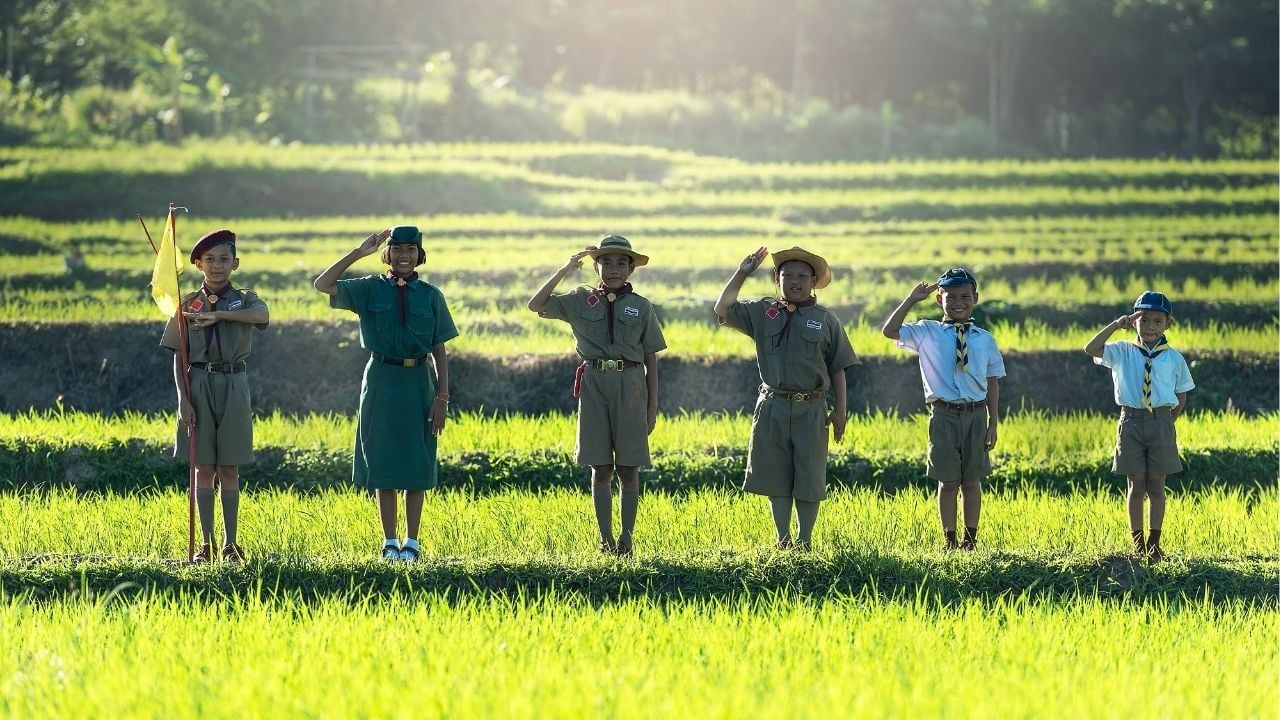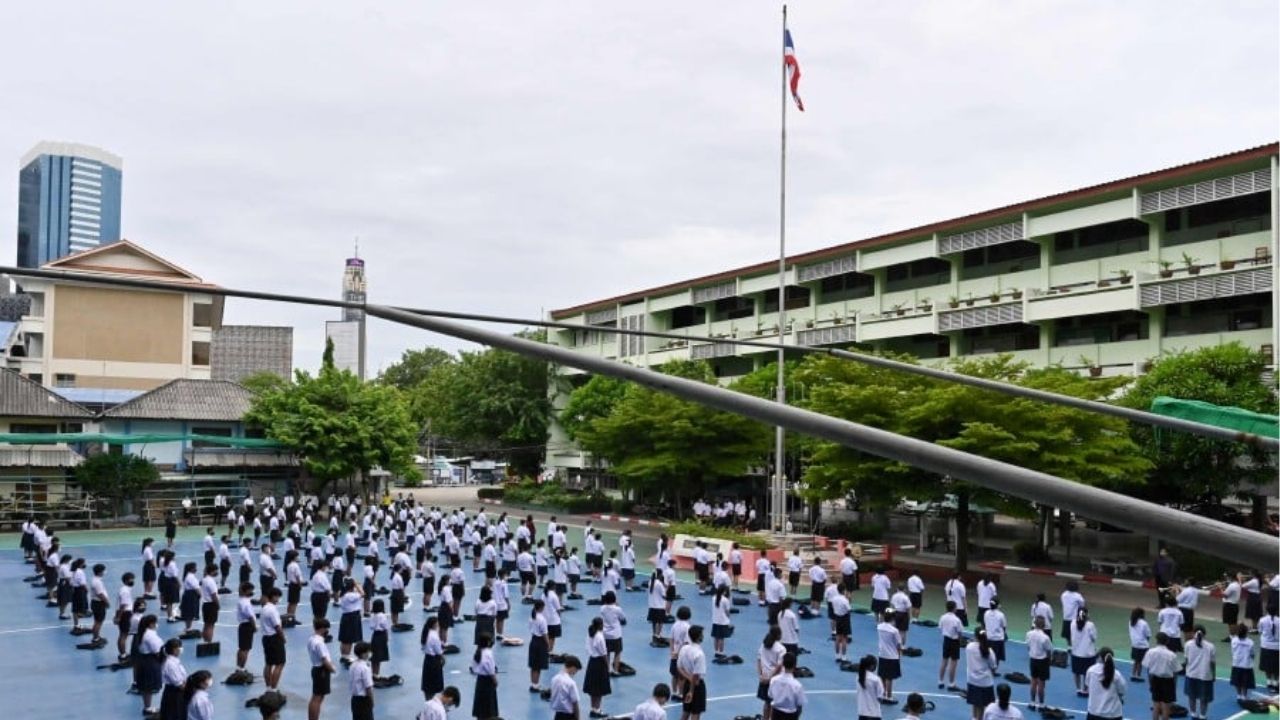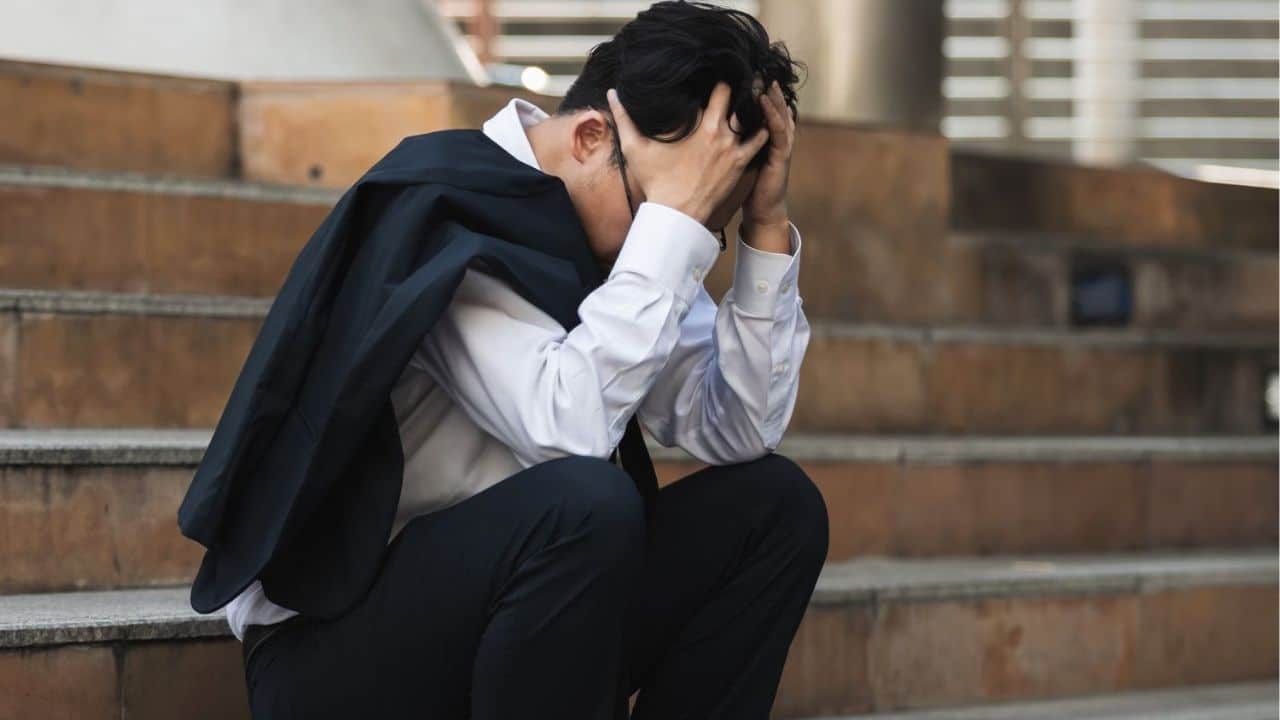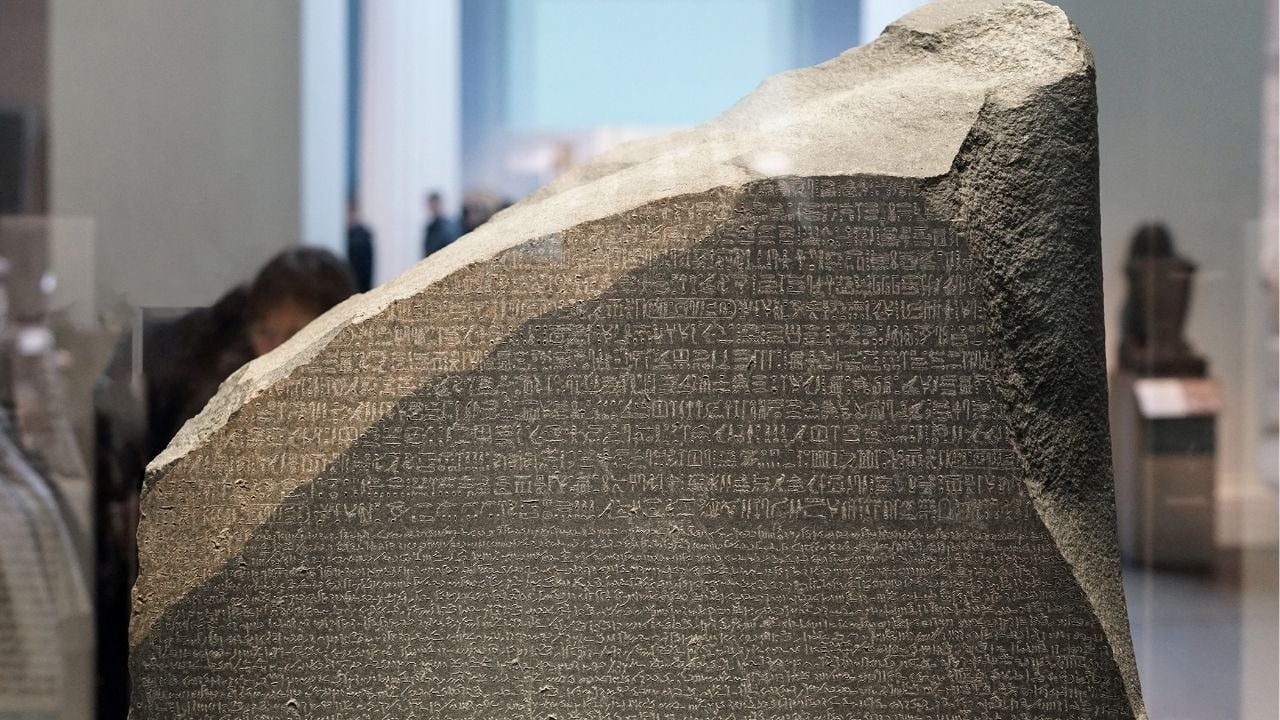Culture shock: What will surprise foreign students most about studying in Thailand?
Key cultural differences foreign students should know before enrolling in any school in Thailand

The Thaiger key takeaways
- Thai classrooms emphasise respect and hierarchy, where teachers hold deep authority and humility earns trust.
- Uniforms, morning assemblies, and Buddhist traditions give students a structured yet culturally rich school experience.
- While academic pressure and language barriers can challenge foreign students, the immersion fosters adaptability and cross-cultural growth.
For many foreign families moving to Thailand, education is one of the first big questions. The country has a wide range of schools, from public and private Thai institutions to international and bilingual options. Yet even in classrooms designed for expats, Thai culture subtly shapes daily life.
For children coming from Western backgrounds, studying in Thailand can feel both exciting and unfamiliar. Some differences are small, while others reshape how students see learning altogether.
Understanding these contrasts helps parents prepare their children for a smoother transition. Here are the most common surprises foreign students experience when studying in Thailand.
What will surprise foreign students most when studying in Thailand?
| Section (Click to jump) | Short Summary |
|---|---|
| A deeper sense of hierarchy and respect | Respect defines Thai classrooms, where teachers hold high authority and humility is key to earning respect and connection. |
| Uniforms and appearance matter | Uniforms symbolise equality and discipline. Even hair and accessories follow strict rules that reflect Thai cultural values. |
| The morning assembly (the flag-raising ceremony) | Each day begins with a flag-raising ritual that instils unity and national pride, offering a glimpse into the Thai collective spirit. |
| Spirituality in daily routines | Buddhism is ever-present in Thai school life, with meditation, merit-making, and temple visits blending mindfulness with learning. |
| Academic pressure and memorisation | Thai education emphasises memorisation and precision over debate, rewarding focus and discipline while slowly embracing creativity. |
| Saving face | Social harmony rules Thai school life, where avoiding conflict and showing quiet respect build stronger, lasting friendships. |
| The rhythm of the school year | Running from May to March, the Thai school year balances study with cultural holidays like Songkran and Loy Krathong. |
| Language barriers | Language differences can challenge expat students when studying in Thailand but immersion and curiosity help bridge gaps and create lasting friendships. |
A deeper sense of hierarchy and respect

Respect for hierarchy sits at the heart of Thai culture, and the classroom is no exception. Teachers are highly respected, and students are expected to show that respect through behaviour and etiquette.
Questioning a teacher, debating instructions, or addressing them casually can come across as rude. The wai, a gesture made with palms pressed together, is a simple yet powerful symbol of respect.
In international schools, the rules may be softer, but traditional values often remain, especially during ceremonies or national events. Foreign students quickly learn that in Thai schools, politeness and humility open more doors than confidence alone.
Uniforms and appearance matter

One of the first surprises is the importance of uniforms. Almost every Thai school, whether public, private, or international, requires one.
It goes beyond clothing. Hair length, accessories, and even nail colour are often regulated. Boys may need short hair, while girls might be asked not to dye or style theirs. These rules may seem strict to students used to self-expression, but they reflect Thai values of equality, neatness, and discipline.
Depending on the school that you go to, as well, both boys and girls can participate in the Thai Scouts. It is usually not compulsory but that can depend on the school; however, there is another set of uniforms that students will wear for this.
For boys, it consists of a khaki shirt and shorts (or trousers when they are older) with a khaki campaign hat, while girls wear a green dress with a green boonie hat. Both are usually adorned with a necktie with the badge on the front and colours can differ depending on the school or region.
As of now, though, uniforms are no longer compulsory for families who are struggling financially.
The morning assembly (the flag-raising ceremony)

Every school day begins with order and ritual. Students line up neatly, the Thai flag rises, and the national anthem fills the air.
For newcomers, this can feel formal or even intimidating, but it sets a tone of unity and pride. It is a shared moment that reminds everyone they are part of something bigger than the classroom.
However, the frequency with which you will encounter these can vary. Some schools will have morning flag-raising ceremonies every day, while some might have it on Mondays and Fridays. Some schools 9especially if they are international) might not have it at all.
When in university, students will seldom see this ceremony other than on special occasions or events that are held in respect of the country or royal family. However, it may depend on where you go, so the experience can vary.
Spirituality in daily routines

Buddhism is part of everyday life in Thailand, and schools often weave spiritual moments into the schedule. Students might join merit-making activities, visit temples, or meditate before lessons.
Even international schools acknowledge these traditions through holiday events or cultural studies. Foreign students are usually not required to participate, but they are encouraged to observe. For many, these experiences become gentle introductions to mindfulness and reflection.
Academic pressure and memorisation
In Thai schools, success often depends on memorisation and exam results. The focus on accuracy and repetition contrasts with the open discussions found in Western classrooms.
Foreign students may miss debate-based lessons or creative projects, but they also learn patience, structure, and persistence. International schools are slowly blending both styles, giving students the benefits of discipline and critical thinking.
Saving face

Social life in Thai schools runs on subtle rules. Direct confrontation is avoided, and harmony matters more than winning an argument. The idea of “saving face,” keeping dignity and avoiding embarrassment, guides how students interact.
Outspoken newcomers might seem too blunt at first, but over time, they learn that quiet respect earns trust faster than strong opinions. Friendships form easily once students pick up these cues and adjust to the rhythm of Thai social life.
The rhythm of the school year
The Thai academic year runs from May to March, with a long break in April and a shorter one in October. International schools sometimes follow Western calendars, but local holidays like Songkran or Loy Krathong can still shift schedules.
These festivals may interrupt classes, but they also give students colourful, first-hand lessons in Thai culture and community spirit.
Language barriers

Language can be a major hurdle, especially in Thai-medium schools. Classes are mostly in Thai, and a few teachers speak fluent English. Bilingual and international schools offer a mix, but Thai language lessons are still part of the curriculum.
Younger children often adapt fastest, picking up Thai naturally through play. For older students, learning basic Thai phrases can make daily life smoother and friendships easier.
The cultural differences foreign students face in Thailand are not problems; they are opportunities. From morning assemblies and uniforms to meditation and manners, each custom reflects the country’s deep respect for harmony and community.
For parents, awareness makes all the difference. The better you understand these traditions, the more you can guide your child through them when studying in Thailand. Adjusting to a Thai classroom may take time, but the reward is a richer worldview and a deeper connection to one of Asia’s most welcoming cultures
Latest Thailand News
Follow The Thaiger on Google News:


























